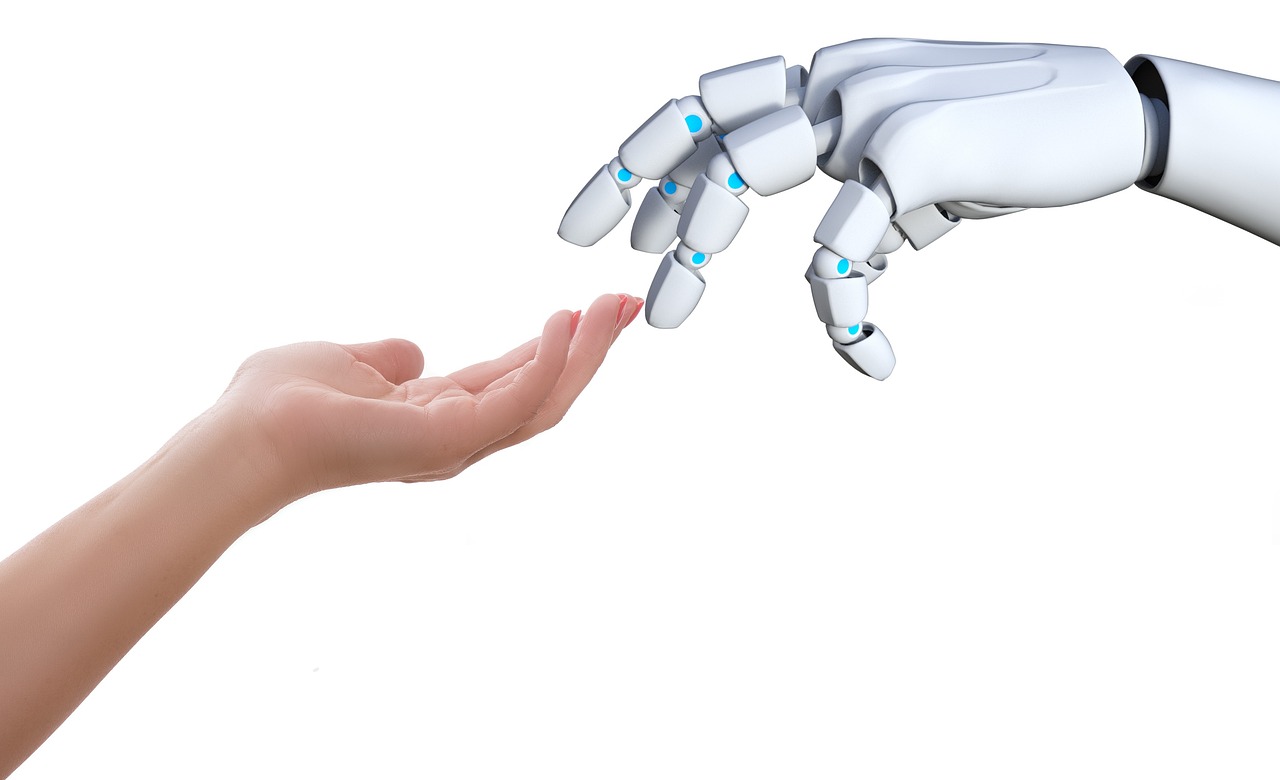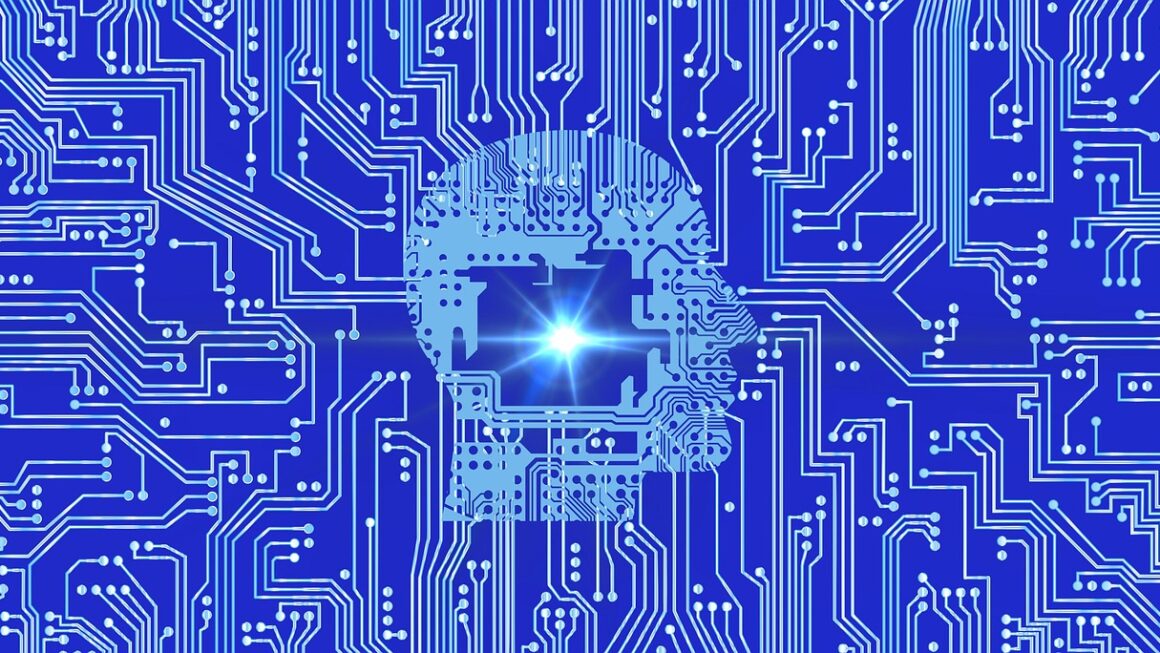The relentless march of progress is perhaps most evident in the realm of Artificial Intelligence (AI). From self-driving cars to medical diagnosis, AI is rapidly transforming industries and reshaping our daily lives. This transformative power stems from continuous innovation, fueled by groundbreaking research and a relentless pursuit of new possibilities. This blog post will delve into the exciting landscape of AI innovation, exploring its key drivers, impactful applications, and future trajectory.
Understanding the Core of AI Innovation
AI innovation isn’t a singular event; it’s a multifaceted process involving advancements in algorithms, hardware, data availability, and computational power. To truly grasp the concept, it’s essential to break down its core components.
Algorithmic Advancements
- Deep Learning Revolution: Deep learning, a subset of machine learning utilizing artificial neural networks with multiple layers, has been instrumental in recent AI breakthroughs. Algorithms like Convolutional Neural Networks (CNNs) for image recognition and Recurrent Neural Networks (RNNs) for natural language processing have achieved remarkable performance.
Example: Google’s BERT (Bidirectional Encoder Representations from Transformers) is a powerful NLP model used for search, translation, and question answering. Its innovation lies in pre-training on vast amounts of text data, allowing it to understand context and nuances in language.
- Reinforcement Learning: This area focuses on training agents to make decisions in an environment to maximize a reward. It’s used extensively in robotics, game playing, and resource management.
Example: DeepMind’s AlphaGo defeated a world champion Go player using reinforcement learning. This showcased AI’s ability to master complex strategic games.
- Explainable AI (XAI): As AI systems become more complex, understanding why they make certain decisions is crucial. XAI techniques aim to make AI models more transparent and interpretable.
Benefit: Increased trust and accountability in AI applications, especially in sensitive domains like healthcare and finance.
Hardware Acceleration
- Graphics Processing Units (GPUs): Originally designed for graphics rendering, GPUs are highly parallel processors well-suited for the computationally intensive tasks of training AI models.
- Tensor Processing Units (TPUs): Google developed TPUs specifically for machine learning workloads. They offer significant performance advantages over GPUs and CPUs for certain AI tasks.
- Neuromorphic Computing: This emerging field aims to create hardware that mimics the structure and function of the human brain, potentially leading to more energy-efficient and powerful AI systems.
Benefit: Lower power consumption, faster processing speeds, and the ability to handle more complex AI models.
Data Availability and Quality
- The Data Explosion: The exponential growth of data, fueled by the internet, social media, and IoT devices, provides the raw material for training AI models.
- Data Labeling and Annotation: High-quality labeled data is crucial for supervised learning. Companies are investing heavily in data annotation services to create accurate training datasets.
Tip: Invest in data quality checks and validation procedures to ensure the accuracy and reliability of your AI models.
AI in Healthcare: Transforming Patient Care
AI is revolutionizing healthcare, offering new tools for diagnosis, treatment, and patient monitoring.
AI-Powered Diagnostics
- Image Recognition: AI algorithms can analyze medical images (X-rays, CT scans, MRIs) to detect diseases like cancer with greater speed and accuracy than human radiologists in some cases.
Example: AI systems are used to screen mammograms for breast cancer, helping to identify potential tumors earlier.
- Drug Discovery: AI can accelerate the drug discovery process by identifying potential drug candidates and predicting their effectiveness.
Example: AI is being used to identify existing drugs that could be repurposed to treat new diseases, such as COVID-19.
Personalized Medicine
- Predictive Analytics: AI can analyze patient data to predict the risk of developing certain diseases and personalize treatment plans accordingly.
- Remote Patient Monitoring: Wearable sensors and AI algorithms can monitor patients’ vital signs and detect early warning signs of health problems.
Benefit: Improved patient outcomes and reduced healthcare costs through proactive interventions.
Robotic Surgery
- Precision and Dexterity: Surgical robots, guided by surgeons and enhanced by AI, can perform complex procedures with greater precision and dexterity than traditional surgery.
Example: The da Vinci Surgical System is a widely used robotic surgical platform that allows surgeons to perform minimally invasive procedures.
AI in Business: Driving Efficiency and Innovation
AI is transforming various aspects of business, from customer service to supply chain management.
Customer Service Automation
- Chatbots and Virtual Assistants: AI-powered chatbots can handle routine customer inquiries, freeing up human agents to focus on more complex issues.
Example: Many e-commerce websites use chatbots to answer customer questions about products, shipping, and returns.
- Sentiment Analysis: AI can analyze customer feedback from social media, reviews, and surveys to understand customer sentiment and identify areas for improvement.
Supply Chain Optimization
- Demand Forecasting: AI can predict future demand based on historical data, market trends, and external factors, enabling companies to optimize inventory levels and reduce costs.
- Logistics Optimization: AI can optimize delivery routes and schedules to minimize transportation costs and improve delivery times.
Benefit: Increased efficiency, reduced costs, and improved customer satisfaction.
Fraud Detection
- Anomaly Detection: AI algorithms can identify fraudulent transactions and activities by detecting unusual patterns in data.
Example: Credit card companies use AI to detect fraudulent purchases based on factors like location, transaction amount, and purchase history.
The Future of AI Innovation: Challenges and Opportunities
The future of AI is bright, but there are also challenges that need to be addressed.
Ethical Considerations
- Bias in AI: AI models can perpetuate and amplify existing biases in data, leading to unfair or discriminatory outcomes.
Actionable Takeaway: Prioritize data diversity and fairness when developing AI models.
- Job Displacement: AI automation could lead to job losses in certain industries.
Actionable Takeaway: Invest in retraining and education programs to help workers adapt to the changing job market.
- AI Safety and Security: Ensuring that AI systems are safe, secure, and aligned with human values is crucial.
The Rise of Edge AI
- Processing Data Locally: Edge AI involves processing data closer to the source, on devices like smartphones and IoT sensors.
* Benefit: Reduced latency, improved privacy, and increased bandwidth efficiency.
- Applications: Edge AI is enabling new applications in areas like autonomous vehicles, smart cities, and industrial automation.
Quantum Computing and AI
- Quantum Machine Learning: Quantum computers have the potential to accelerate certain machine learning algorithms and solve problems that are intractable for classical computers.
- Early Stages: Quantum computing is still in its early stages, but it holds immense promise for the future of AI.
Conclusion
AI innovation is a continuous journey, driven by algorithmic advancements, hardware acceleration, and the availability of vast amounts of data. Its impact is already being felt across various industries, from healthcare to business, and its future potential is enormous. While ethical considerations and challenges remain, the opportunities for AI to improve our lives and create a more prosperous future are undeniable. Staying informed about the latest advancements and adopting a responsible approach to AI development is essential for harnessing its full potential.




